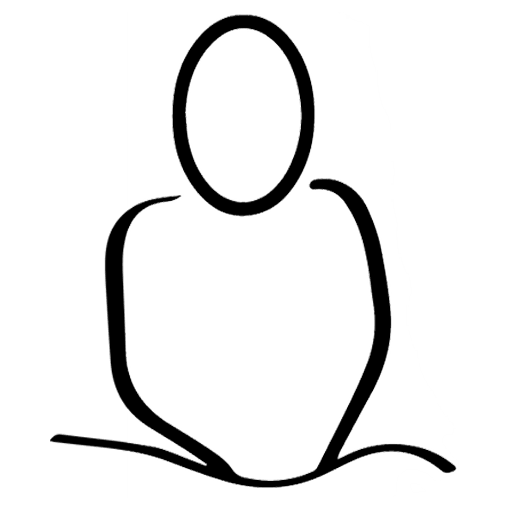
Do you ever experience pain in your lower back and legs? While there are many possibilities for this pain, the majority of the time it has to do with a compressed sciatic nerve. The sciatic nerve is the largest nerve in the body. It runs from the base of the spine down each of the legs. Due to its size, the sciatic nerve sends information all over the body. If it becomes compressed, it can affect a wide range of areas. These symptoms can often be misdiagnosed for other conditions, so it is important to know the causes and symptoms associated with a pinched sciatic nerve so you can properly diagnose the issue and begin an effective treatment plan. Spine conditions are often the cause of a pinched sciatic nerve. Overtime, the natural aging process causes parts of the spine to break down from wear and tear. Spinal discs can herniate, bulge, or tear from everyday movement and loss of elasticity.
Due to the intricacies of the spinal column, a disc moving even a little out of place can cause a compressed nerve. Sciatic nerve compression usually stems from the low back where the nerve originates. Compression can be caused by bone spurs, spinal stenosis, bulging or herniated discs, and various other spinal conditions. Sciatica can also stem from tight muscles in the lower back.
The sciatic nerve travels through the entire lower body, so symptoms can be found in the buttocks, hips, and throughout both legs. Sciatica is commonly found on one side of the body, but in some cases it can occur on both sides at one time.
Symptoms include pain radiating down the back of the leg, quick jolts that occur when you cough or sneeze, tingling, numbness, weakness that affects other movements such as walking or sitting comfortably, and chronic burning pain. People will often get weak in the knees, especially runners. Typically, it’s one knee more than the other. When the sciatic nerve is compressed, it causes dysfunction resulting in unwanted sensations like pain, weakness and tingling. These are all red flags that it is time to seek treatment.
Sciatica pain can be treated in a variety of ways. Doctors may recommend hot and cold compresses, rest, and physical therapy. One of the most effective treatments for sciatica pain is massage therapy. Massage therapy can help alleviate sciatica in a number of ways. The first is by loosening the muscles in the lower back to bring blood flow back to the area, and help prevent pinching or irritation. Massage also induces endorphins which help to alleviate pain and provide relief from symptoms like throbbing or burning sensations.
Massage can leave lasting effects for pain relief. Not only does it improve functionality of those muscles, but it reduces overall pain in the areas most affected by sciatica. Your massage therapist will use sustained pressure to target chronic tension deep inside the muscles, tendons, and fascia. If your sciatica is caused by muscle tightness, deep tissue and trigger point massage can help.
Prior to trying massage for sciatica, make sure to talk to your doctor and ensure that your pain is caused by muscle tightness, and not a pinched nerve, herniated disc, or other structural imbalance. If you’re experiencing pain that it unbearable, significant muscle weakness or paralysis, or loss of bladder control, talk to your doctor immediately.

